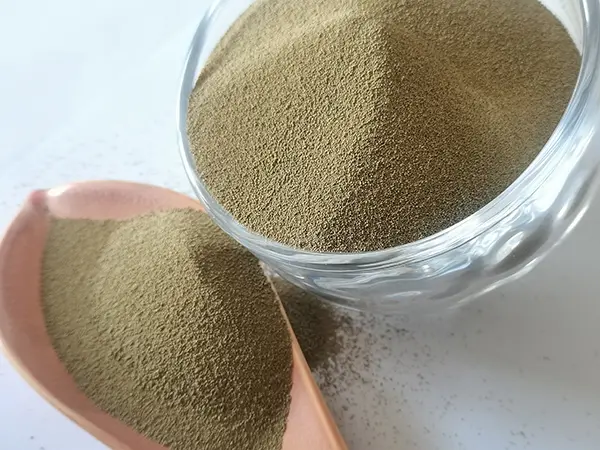Ceramsite Revolutionizing Construction and Environmental Solutions
In the changing landscape of construction materials, ceramsite has emerged as a game-changer in various applications, from lightweight aggregates in concrete to advanced environmental solutions. This innovative material, a type of artificial lightweight aggregate produced from heating clay or shale at high temperatures, offers a multitude of benefits that enhance both structural integrity and environmental sustainability.
Understanding Ceramsite
Ceramsite is created through a manufacturing process that involves the sintering of raw materials such as clay, shale, or industrial waste at temperatures ranging from 1,000 to 1,150 degrees Celsius. The result is a porous, lightweight material with excellent physical and chemical properties. It is characterized by its low density, high strength, good thermal insulation, and resistance to adverse environmental conditions, making it particularly attractive to the construction industry.
Applications in Construction
One of the most significant applications of ceramsite is in the production of lightweight concrete. The incorporation of ceramsite aggregates reduces the overall weight of the concrete mix, which is crucial in high-rise buildings and bridges where weight reduction can lead to substantial savings in structural support and materials. This not only facilitates easier transportation and handling of construction materials but also minimizes the environmental impact associated with traditional heavy aggregates.
Moreover, ceramsite’s excellent thermal-insulating properties contribute to energy efficiency in buildings. Structures utilizing ceramsite-based concrete can maintain more stable internal temperatures, reducing the need for heating and cooling, which translates to lower energy consumption and reduced greenhouse gas emissions over time.
Environmental Benefits
ceramsite

Beyond its structural applications, ceramsite plays a pivotal role in environmental remediation. Its porous structure and high surface area allow it to be used effectively in water filtration systems and wastewater treatment plants. Ceramsite can filter pollutants and heavy metals from contaminated water, making it invaluable in efforts to restore natural water bodies and ensure safe drinking water supplies.
Additionally, ceramsite is being explored as a medium in biofiltration systems, where it serves as a habitat for beneficial microorganisms that aid in the decomposition of organic matter. This application showcases ceramsite's dual functionality as both a construction material and a facilitator of ecological balance.
Sustainability and Recycling
In today’s world, the emphasis on sustainable construction practices is more pronounced than ever. Ceramsite supports this movement as it can be produced from recycled materials, such as industrial by-products and waste, further diminishing the need for virgin raw materials. The recycling of waste materials not only reduces the environmental footprint of construction projects but also helps in managing waste more effectively in urban areas.
Manufacturers are continuously seeking ways to innovate in ceramsite production, focusing on energy-efficient processes and incorporating alternative materials to enhance the sustainability of ceramsite use. This aligns with global goals to create more sustainable and environmentally friendly construction methods.
Conclusion
Ceramsite stands at the intersection of innovation and sustainability in the construction industry. Its multifaceted applications and inherent environmental benefits position it as a preferred choice for builders and environmentalists alike. As the demand for sustainable construction materials continues to rise, ceramsite’s versatility and eco-friendly properties will likely see it gain even more traction in future construction projects. By embracing materials like ceramsite, we can create structures that not only meet the demands of modern engineering but also contribute positively to the environment and society as a whole. In the quest for building a sustainable future, ceramsite is not just a building material; it’s a pivotal element in the construction revolution.
Post time:டிசம்பர் . 12, 2024 14:57
Next:foundry sand service
